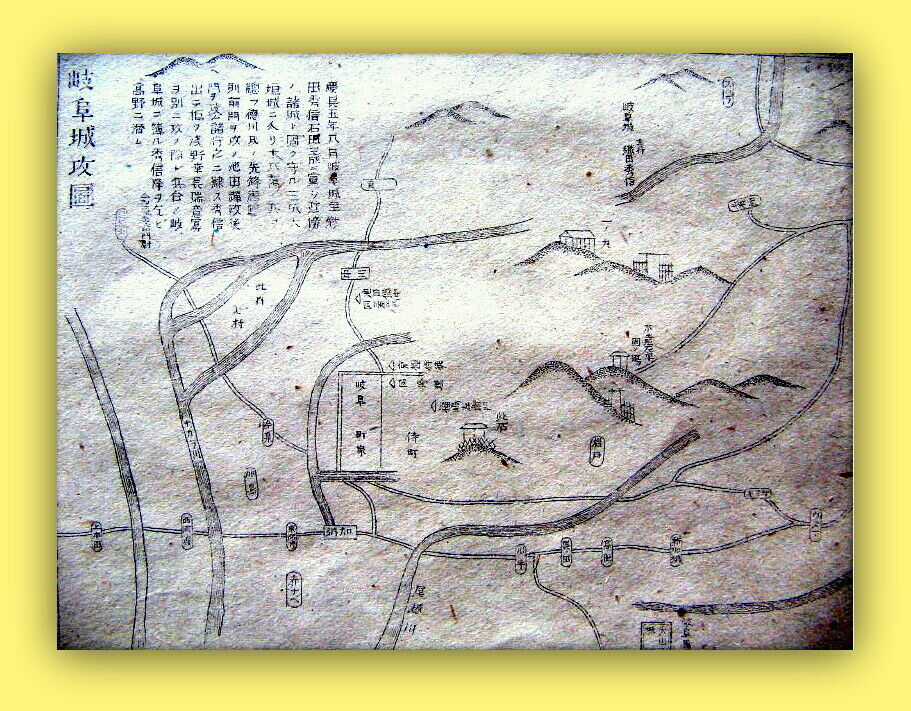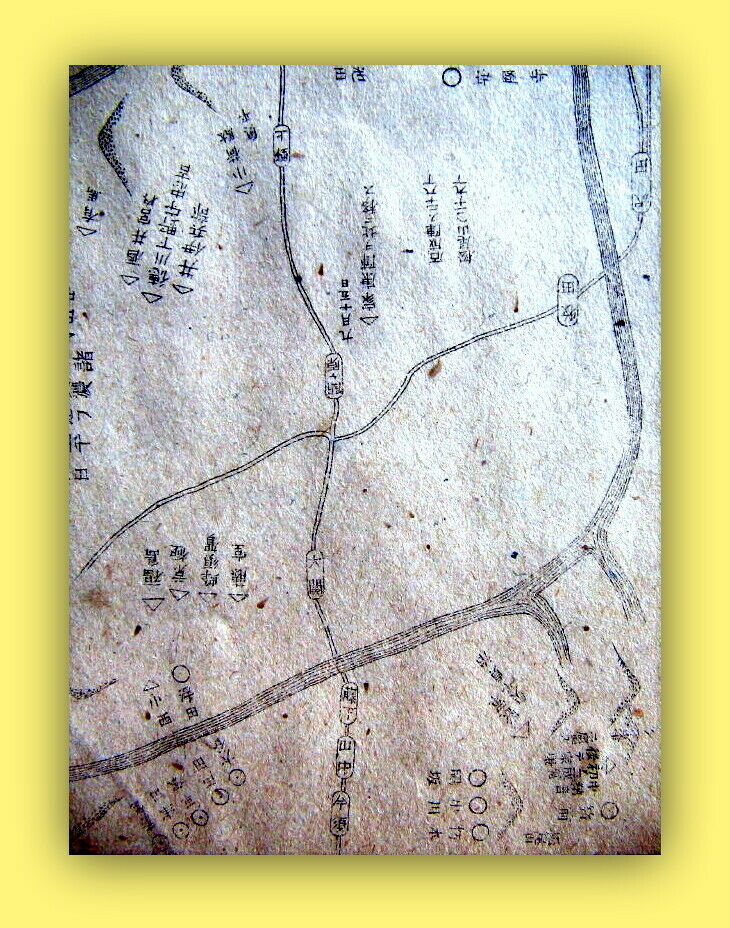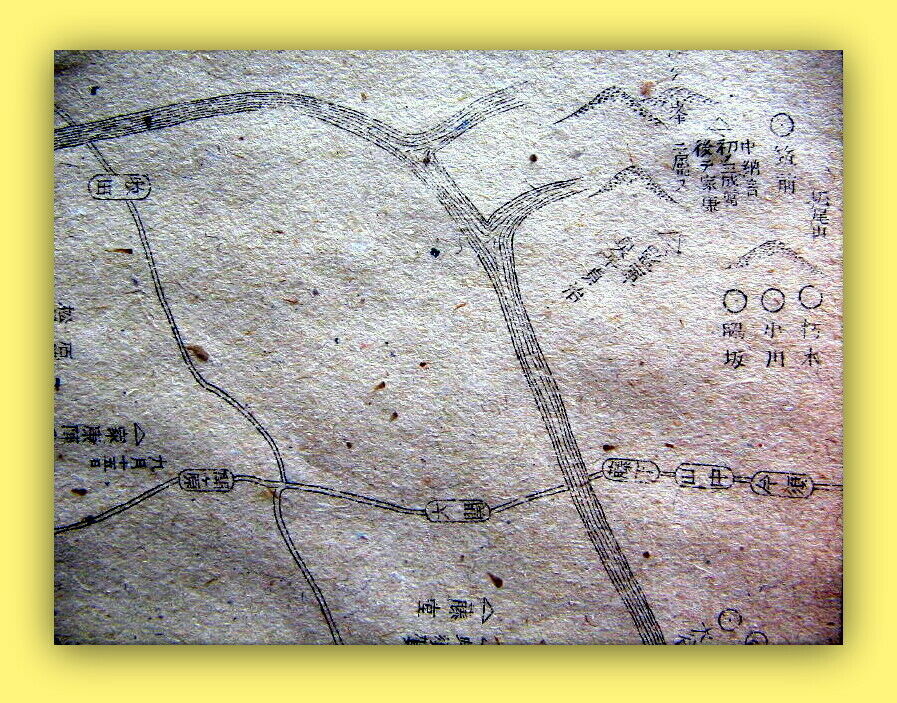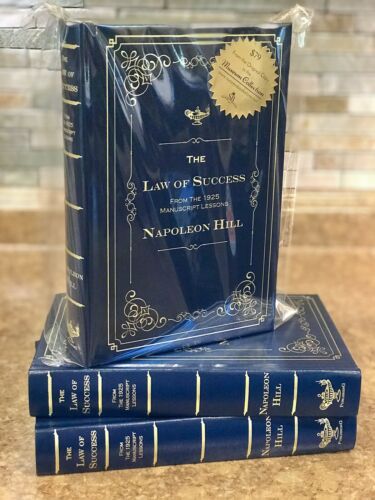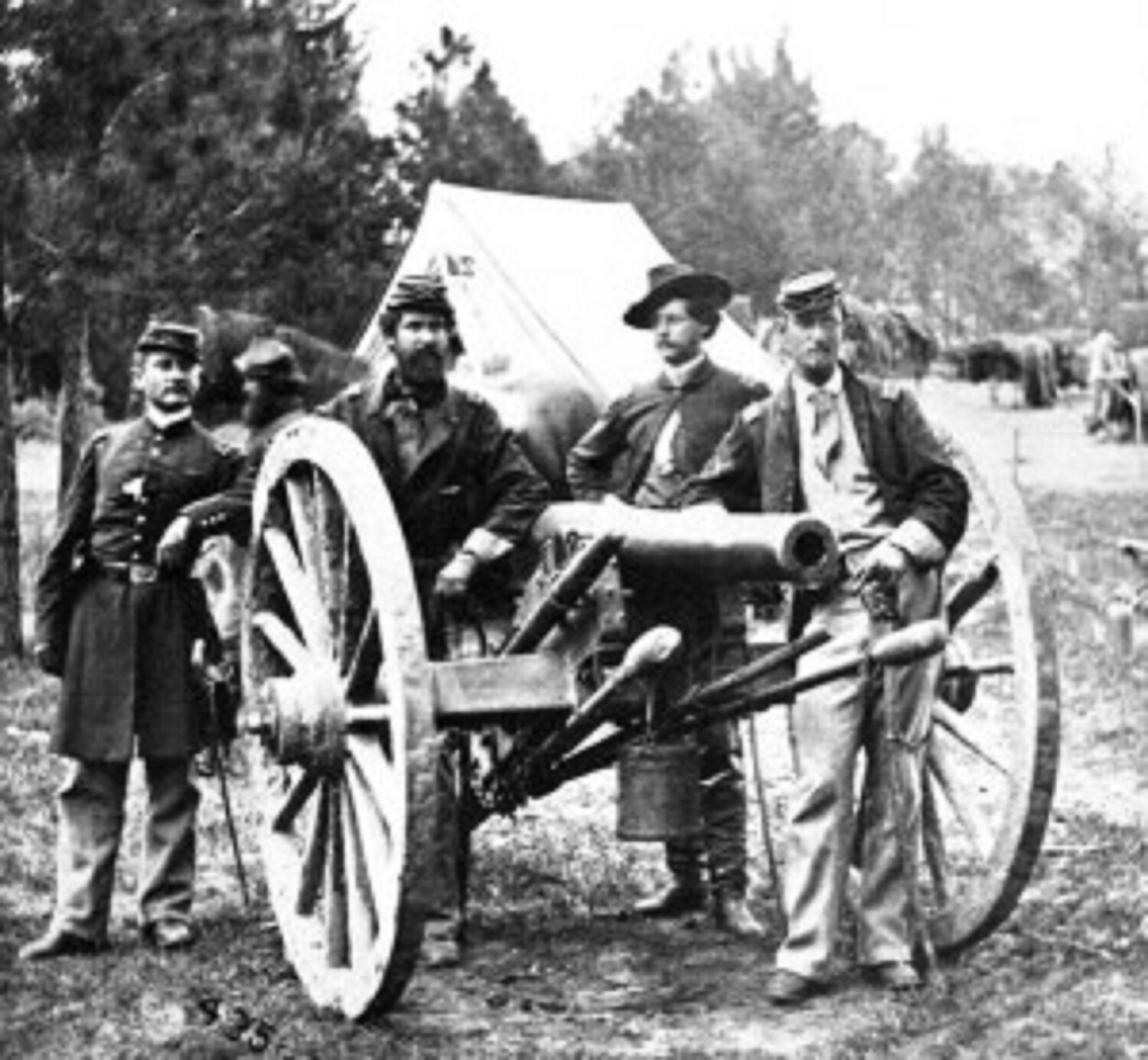-40%
ORIGINAL JAPANESE BATTLE PLAN, SAMURAI-TACTICS, GENPEI-WAR, SHOGUNATE, c. 1680
$ 0.52
- Description
- Size Guide
Description
ORIGINAL JAPANESE BATTLE PLANSAMURAI-TACTICS
GENPEI-WAR
SHOGUNATE
Handcolored
Rice-Paper
c.1680
RAR
Content:
Genpei War
1180-1185
Struggle for power in Japan
between the renowned Samurai clans, the Minamoto and Taira
Preparation of the samurai and tactics
Battle plan
Material:
thin rice paper
handcolored woodcut
Collation:
1 double-side woodcut
Origin:
Japan, Prefecture Ōsaka-Sakai-shi
Tokugawa Dynasty
Samurai is the name for a member of the head in the pre-industrial Japan in the West.
The term Bushi is common in Japan itself.
Today Samurai is exclusively for the War-adel of that time used and not, for example, for the Ashigaru = "light armored infantry".
Has become abandoned Samurai were called Ronin ("waves men").
A renewed clash between the Taira and the Minamoto in 1180 resulted in the Genpei War, which lasted until 1185.
The victorious Minamoto no Yoritomo (1147-1199) went to Kyoto in 1190 and was promoted to the Seii Tai Shogun (as the title is Shogun in their entirety).
He founded the Kamakura shogunate (1192-1333).
The Mongol emperor Kublai Khan sent during the early feudal period emissaries in the Japanese Imperial Court, to demand the surrender of the Japanese emperor.
The Japanese Emperor refused however, to Kublai Khan's follow the demands, and again sent back ambassadors to their Lord.
1274 the Mongols under Kublai attacked Khan Japan with a fleet of 900 ships and 23,000 soldiers.
The attack failed, and many of the ships were the famous have become storm kamikaze destroyed or badly damaged.
When Kublai some years later once again sent emissaries Khan, the Japanese Emperor had them beheaded.
Years later, 1281, tried to conquer the Mongols at the battle of Kōan Japan what but failed due to bad weather conditions and the tough resistance of the people again with an even larger army of 4500 ships and 142,000 soldiers.
With the death of Kublai Khan in 1294, the invasion plans were abandoned.
In the course of time, powerful Samurai daimyo became war nobles (Buke), which only nominal were among the aristocracy of the Court (kuge).
The Samurai were courtly manners such as calligraphy, poetry and music but also Samurai skills were taken over in turn by the kuge.
Despite various intrigues and short periods under the reign of Emperor was the real power in the hands of the Shogun and warriors.
The conflict began in the year 1156.
The Emperor Sutoku abdication from and the reigning Emperor Go-Shirakawa had significant differences that led to a military conflict.
In this conflict, supported the Taira see Taira Kiyomori no the reigning Emperor and won.
The Minamoto were on the losing side, executed their leader Minamoto no Tameyoshi.
This development pushed the Minamoto in the offside.
Dissatisfied with this situation, they konspirierten against Taira no Kiyomori, lost again and 1160 Minamoto was killed no Yoshitomo, their leader.
The Taira had taken power in Japan, through contacts at the Court, as well as by military force.
Kiyomori put his grandson Emperor Antoku on the throne and became regent.
Its coercive measures led 1180 to a renewed conspiracy under Minamoto no Yorimasa and Prince Mochihito, he militarily crushed in the first battle of Uji.
This battle is considered to be first of the Genpei War.
Away from the Court Minamoto waited Yoritomo no for his time.
He had survived the revenge of the Taira 1160 as a child and now joined to fight.
The five-year conflict began coming marched in the Kantō plain, in the Yoritomo in the province of Izu.
1183 succeeded Yoritomo to occupy the Kantō plain and Central and West Japan.
The Taira were with their backs to the sea at the Japanese inland sea.
Yoritomo's cousin Yoshinaka Heiankyō kept occupied.
Yoritomo feared these successful General and sent out an army Yoshitsune against him under his brother Minamoto.
Yoshitsune destroyed Yoshinaka and his troops.
Yoritomo's new General, he marched against the Taira, drove them into the sea, and defeated them at the battle of Dan-no-ura (1185) defeat.
Japan belonged to the Minamoto.
Battles of the Genpei War:
23 June 1180: first battle of Uji: regarded as the first battle of the Genpei War the monks of the Byōdō-in, fight alongside Minamoto no Yorimasa.
1180 Siege of Nara: the Taira set fire to temples and monasteries, to cut off supplies to its enemies.
1180 Battle of Ishibashiyama: Minamoto no Yoritomo's first battle against the Taira.
1180 Battle of Fujigawa: the Taira keep a flock of waterfowl for a nocturnal surprise attack of Minamoto and withdraw before it comes to the fight.
1181 Battle of Sunomatagawa: the Taira prevent a surprise attack by night.
1181 Battle of Yahagigawa: the Minamoto during the retreat of Sunomatagawa in Gifu Prefecture, Japan facing the enemy.
1183 Siege of Hiuchi: the Taira are attacking a fortress of the Minamoto.
1183 Battle of kurikara-the tide: the war turns, in the Minamoto's favor.
1183 Battle of Shinowara
1183 Battle of Mizushima: the Taira intercept a Minamoto force, which moved to Yashima in Kanagawa Prefecture, Japan.
1183 Siege of Fukuryuji: the Minamoto are attacking a Taira fortress.
1183 Battle of Muroyama
1184 Battle of Hojujiden: Minamoto no Yoshinaka, celebrating in Kyoto, is attacked by sympathizers of the Taira
1184 Second battle of Uji: Yoshinakas will be in response to Minamoto no impropriety cousin Minamoto no Yoshitsune obliged to attack him.
1184 Battle of Awazu: Minamoto no Yoshinaka is by Yoshitsune and Noriyori defeated and killed.
1184 Battle of ichi-no-Tani: the Minamoto successfully attacking one of the Taira's primary fortresses.
1184 Battle of Kojima: the Minamoto chasing the fleeing Taira from ichi-no-Tani for Yashima, this leads to fighting.
1185 Battle of Yashima: the Minamoto are attacking the fortress of their enemies before Shikoku.
April 25, 1185: Battle of Dan-no-ura:
The decisive naval battle, ending the war.
You bid on this
Original Japanese Battle-Plan.
SHOGUNATE, c. 1680
Tokugawa Dynasty
Samurai-Tactics
Genpei-War
RARELY


